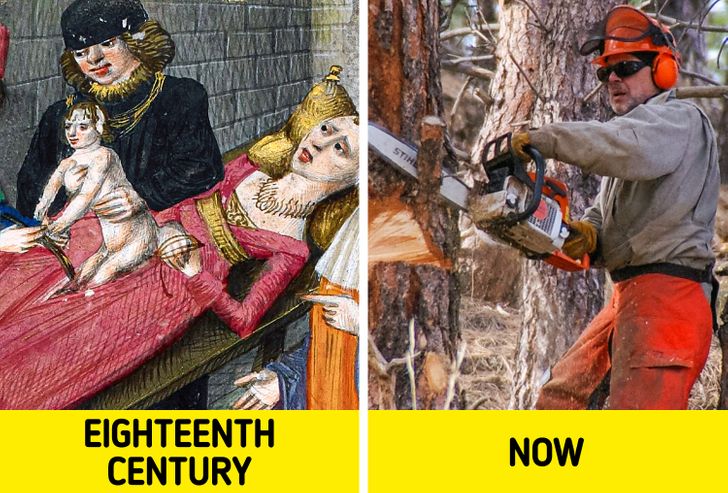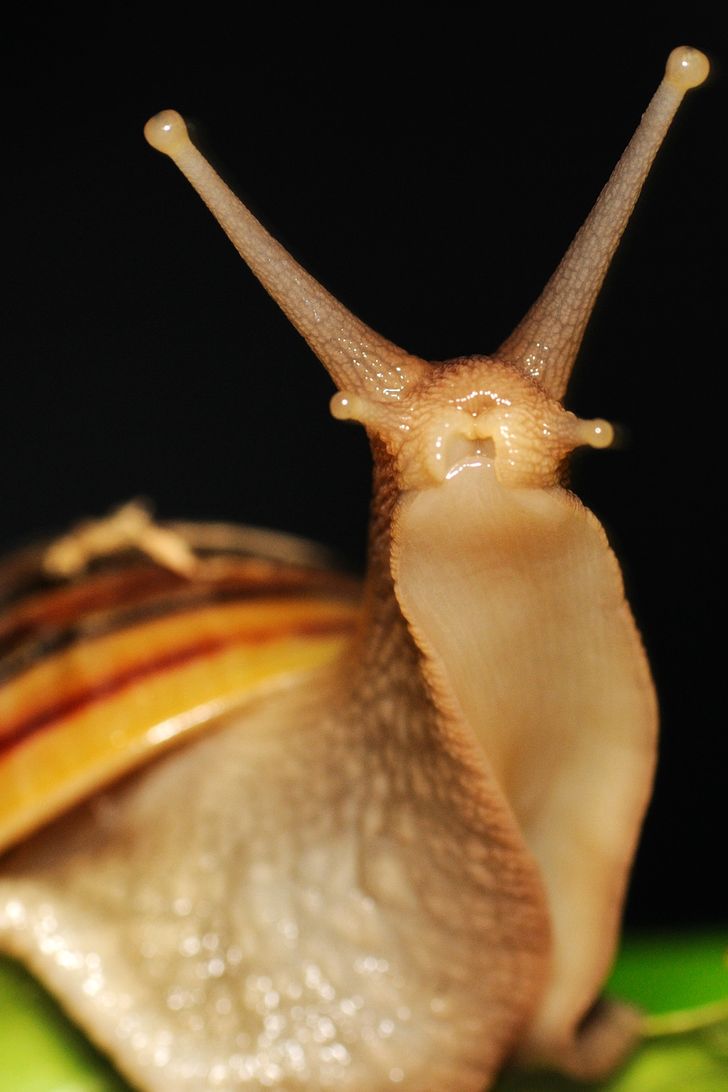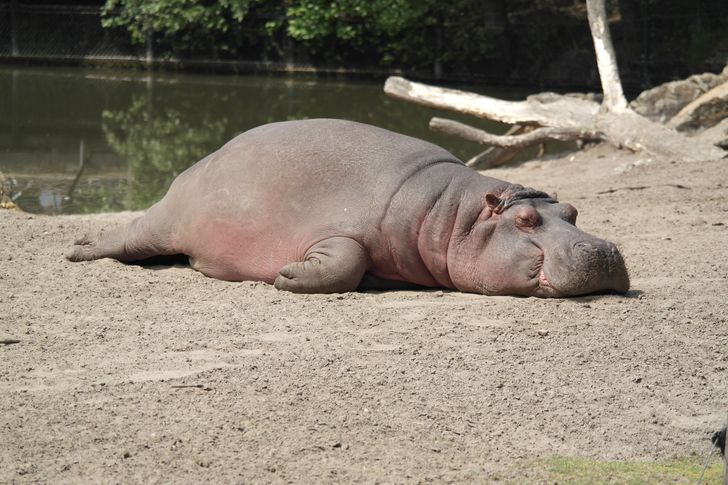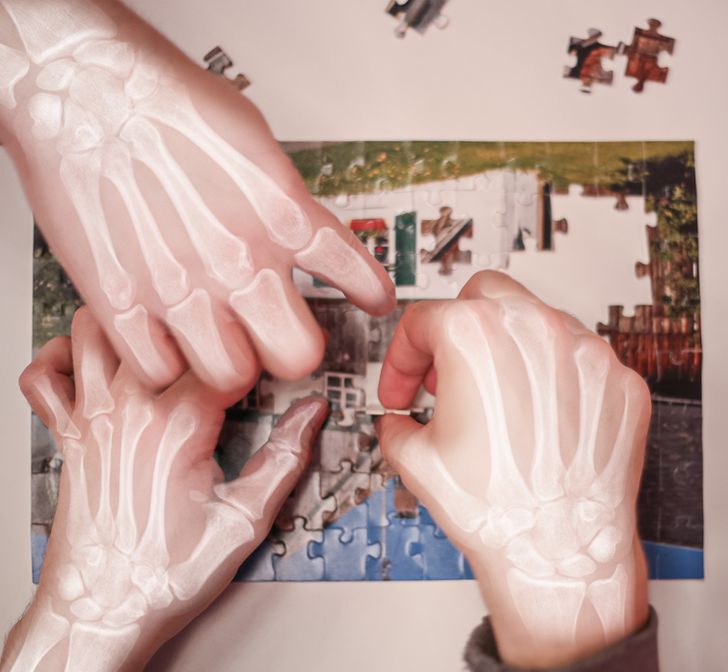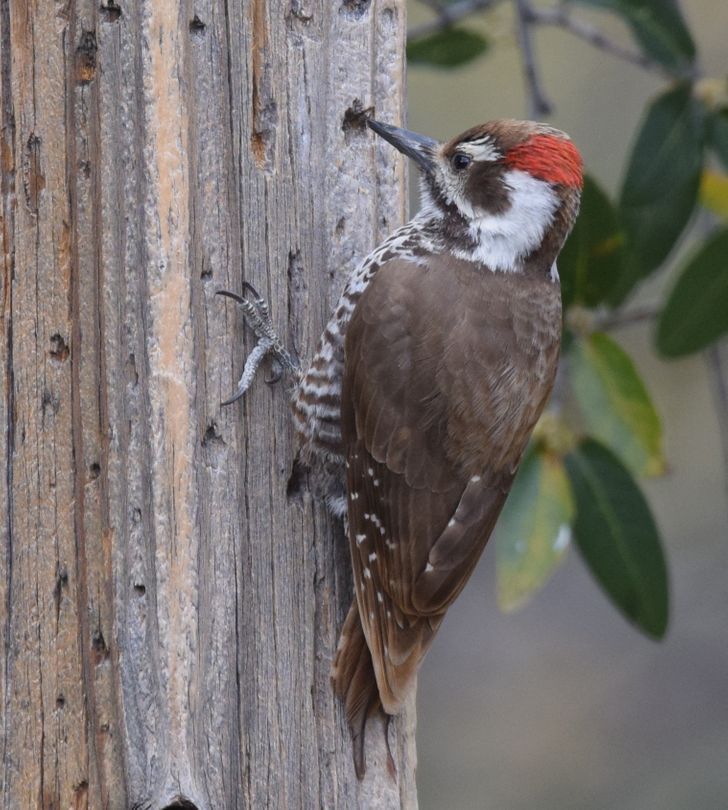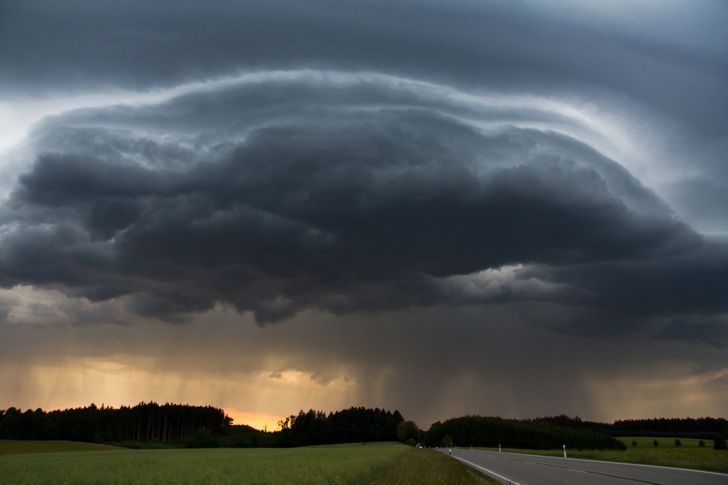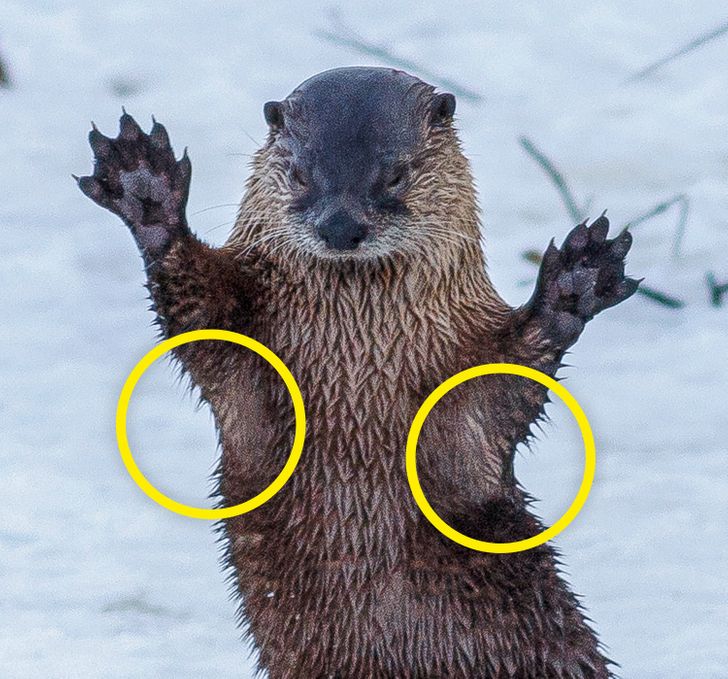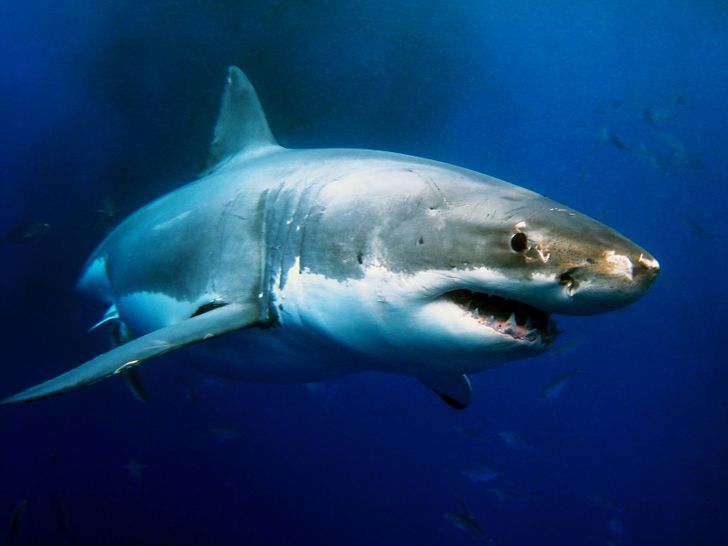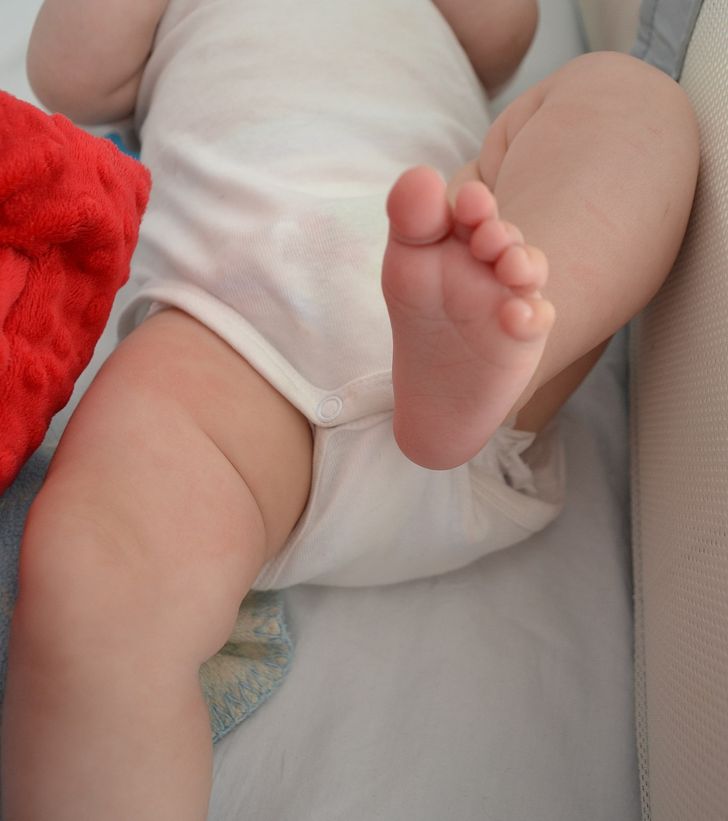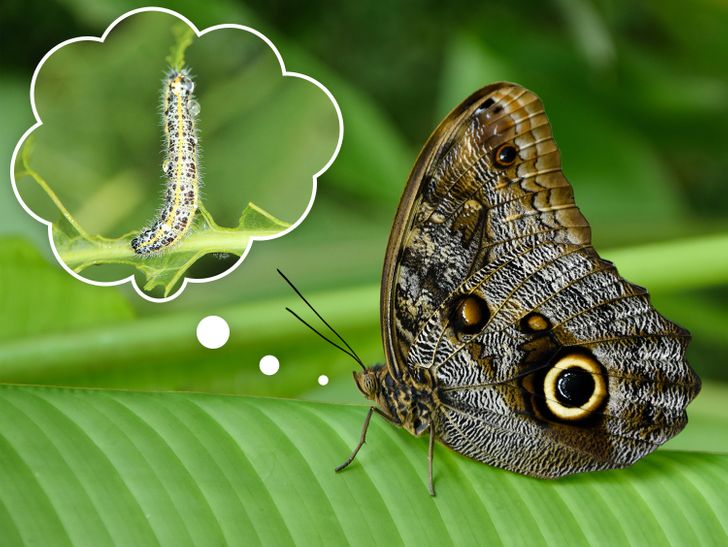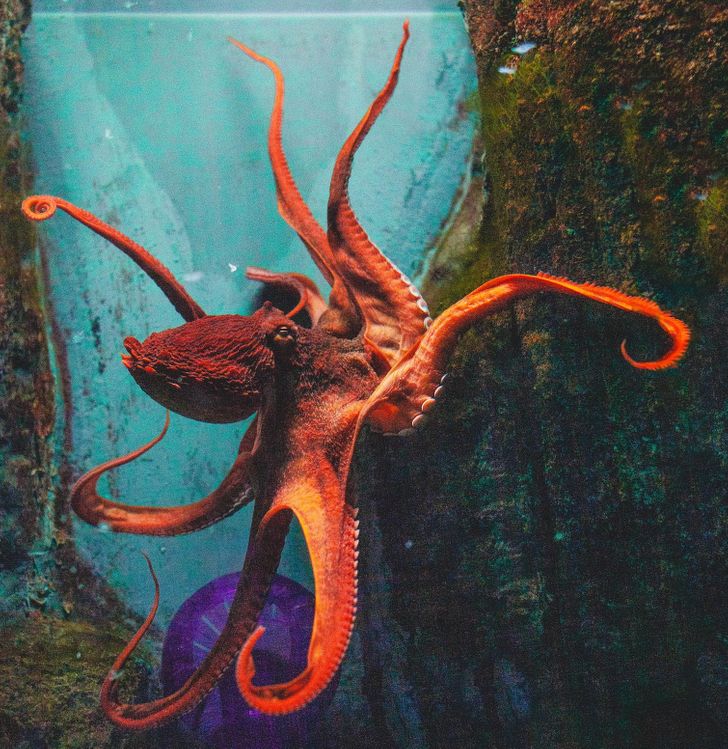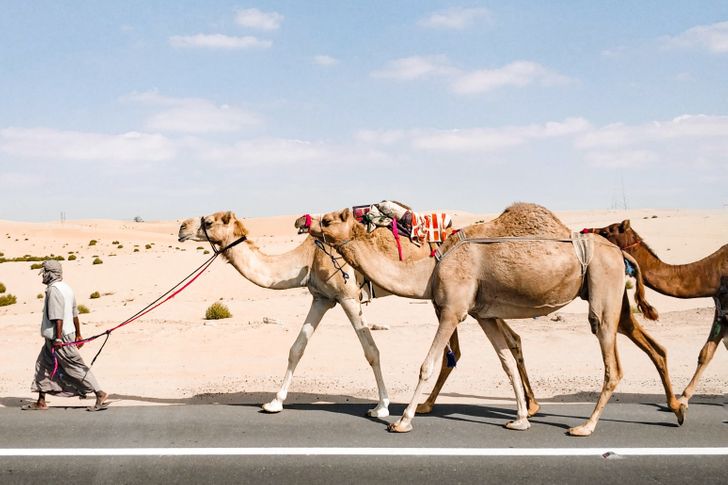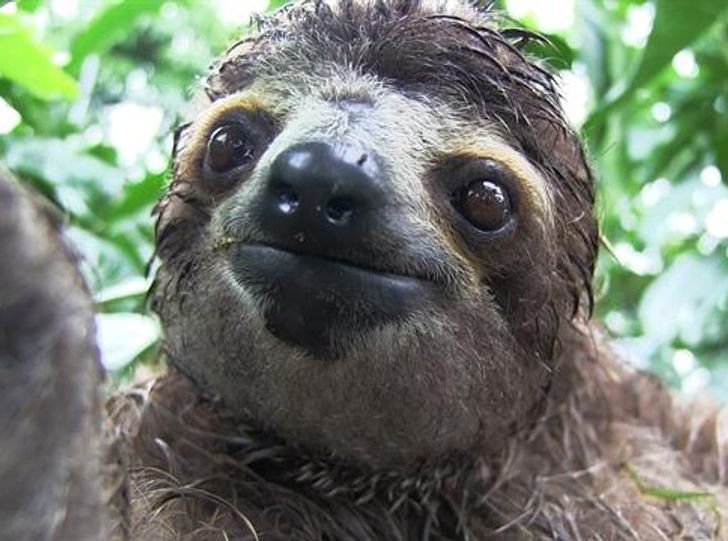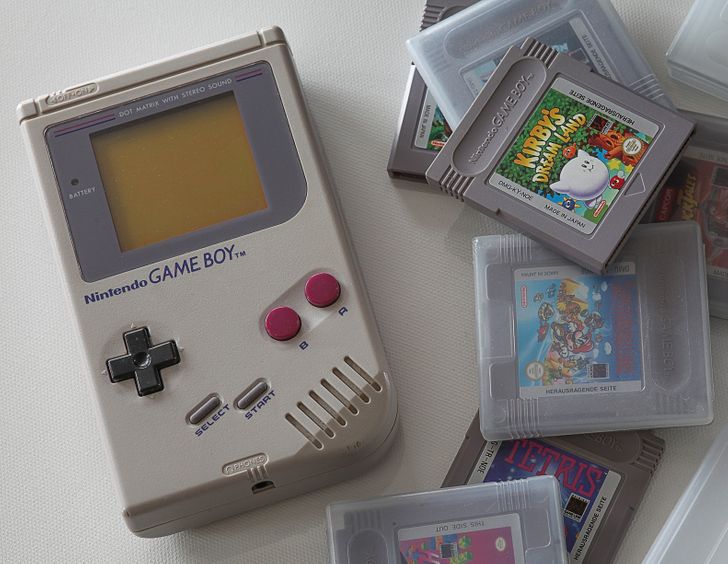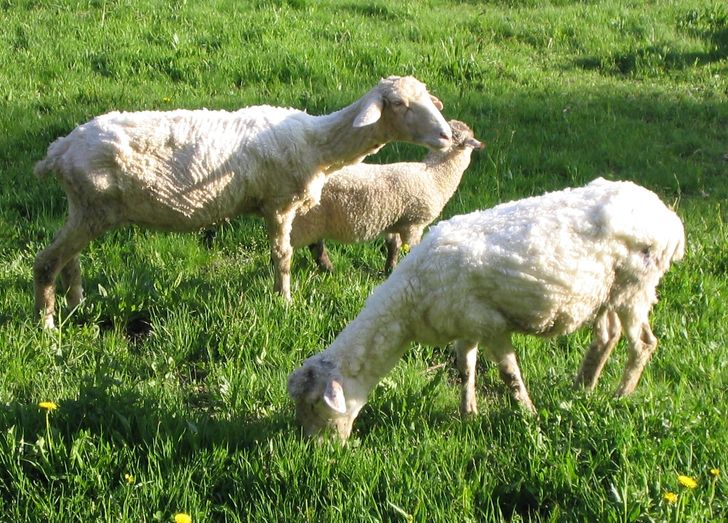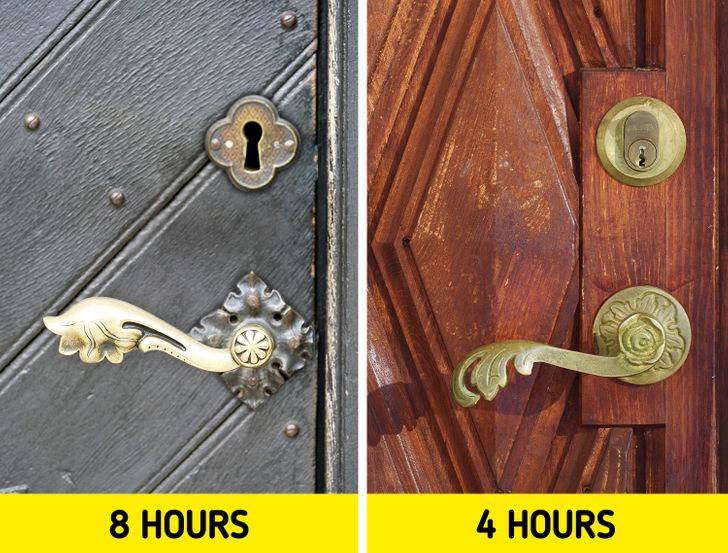Pls post more
19 Bewildering Facts That May Seem a Bit Too Unreal for Us
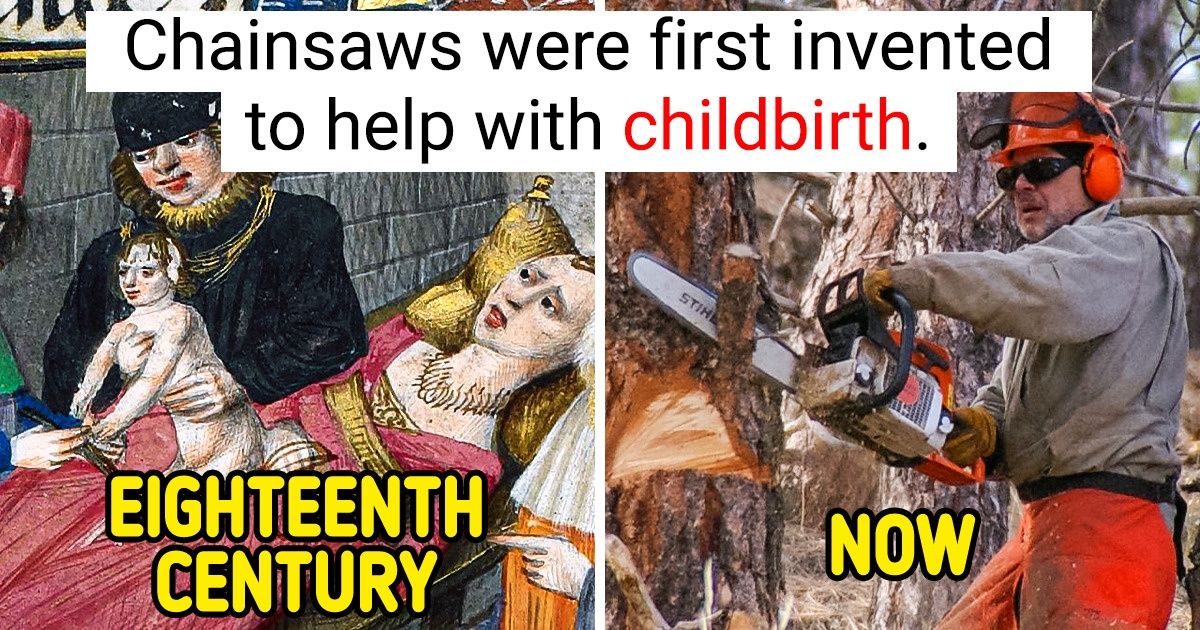
Each day we process 74 GB of information that equals watching 16 movies. And it might sometimes seem that we already know everything. Well, it’s time to destroy this belief with incredible facts about our life and the world around us.
This is what we at Bright Side are going to do right now and you can join us. Let’s get amazed together.
1. Chainsaws were first invented to help with childbirth.
2. Snails have thousands of teeth.
3. Hippo sweat contains a chemical that has an SPF factor.
Hippopotamuses produce sweat made up of red and orange pigments. Orange absorbs UV rays, thus protecting these mammals from sunburns.
4. Most of the ancient buildings are so heavy, even an earthquake can’t destroy them.
Ancient buildings from the times of the Roman Empire were held on a foundation of stones, weighing thousands of tons. These are some of the largest building blocks on Earth.
5. Most of our bones are in our hands.
6. Woodpeckers don’t get head injuries because of their tongues.
Woodpeckers peck a tree for a long time in search of food, but they never have a headache or an injury. This is due to their tongue, which wraps around their skull. It serves as a spring, softening hits and protecting them from getting a concussion.
7. The Adidas logo used to belong to another company.
The well-known 3 stripes of Adidas were bought for 1600 euros (≈ $2,000) from a Finnish footwear company in 1952. Over the years, the brand logo has changed several times but has always contained 3 stripes.
8. A storm cloud weighs billions of pounds.
It turns out that the clouds soaring above us weigh a lot due to all the water droplets they contain. An ordinary cloud weighs 1.1 million pounds. But a storm cloud is much larger in size and in terms of the water it contains, weighing in at 2.4 billion pounds. Why don’t they fall? The air below holds them up.
9. Otters have pockets.
Sea otters have loose skin under their front paws that creates a so-called pocket where the animal can store food. Also, otters often hide stones there. They use them as a tool to crack mussels.
10. An aspen grove is the heaviest organism in the world.
Pando is an aspen colony that has grown by cloning itself. It weighs approximately 6,600 tons and covers 108 acres. This makes it the heaviest known organism. It is assumed that the colony is around several thousand years old.
11. Sharks are millions of years older than trees.
Trees, in their modern form, appeared about 360 million years ago. Finds with shark scales indicate that they’ve existed for about 420 million years. That is, the age difference between trees and sharks could be as much as 60 million years.
12. Babies don’t have kneecaps.
Instead of kneecaps, babies have pieces of cartilage. It helps them to crawl with no discomfort and adapt easier to walking. This cartilage develops into a kneecap with age and by 12 years old, it turns entirely into bone.
13. Moths remember when they were caterpillars.
Scientists found that moths can save memories and experiences they had while being a caterpillar. And it influences their adulthood. This probably happens because some brain parts don’t change during the transformation from caterpillar to moth.
14. A giant octopus can squeeze itself through a hole.
Octopuses don’t have a skeleton and most of their body is made up of soft tissue. This allows them to change their shape and lengthen in every possible way. Therefore, even a 600-pound octopus has no difficulty squeezing into a hole that is only a quarter of its body size.
15. Saudi Arabia buys camels and sand from Australia.
16. Sloths can hold their breath longer than dolphins.
17. Playing Tetris can prevent PTSD.
Research has shown that Tetris can help reduce negative memories. People who played the game after a crash had fewer traumatic flashbacks. By the way, Tetris also helps develop cognitive abilities if you play it every day for half an hour.
18. A lack of fur makes sheep fight.
When sheep are sheared, they don’t recognize each other because they look and smell different. And they start fighting for dominance. Though they have a good memory and can remember faces for years.
19. Metal door knobs can disinfect themselves.
Brass and copper door knobs inhibit the growth of bacteria due to the metal ions. The only difference is that brass disinfects itself in 8 hours while copper does it in 4 hours. It happens because brass is an alloy that contains copper and needs more time to affect the bacteria.
What facts amazed you the most? Do you know any other fascinating things about our world? You can surprise everyone with them in the comments.
Comments
also, most of the nerve endings are in our hands
Regardless of age or sex, everyone’s heart is the size of their fist.
Related Reads
16+ Stories From People Whose Heart Is an Endless Source of Love and Compassion

People Share 15 Tips That Sound Fake at First, but They Really Work

20+ Brave People Who Experienced Bad Luck in All Its Glory

15 Lucky Coincidences That Can Happen Only Once in a Lifetime

20+ Bright Side Readers Who Faced So Much Sass They Still Haven’t Come to Their Senses

18 Pictures That Prove Humor Is Essential for Any Family

I Refuse to Let My Sister Step Inside the Home I Bought for Our Parents — and I’m Not Sorry

20+ Moments That Remind Us That Kindness Costs Nothing but Means Everything

My Mom Ignored Me for Years, Then Suddenly Begged Me for Help

I Was Shamed for Being a Single Mom — but My Little Girl, 6, Had the Last Word

I Won’t Hand Over My Room to My Sick Grandson, Especially Not Since I Overheard My Daughter’s Shocking Plans

I Refused to Cover My Parents’ Debts—I’m Not Their Bank

